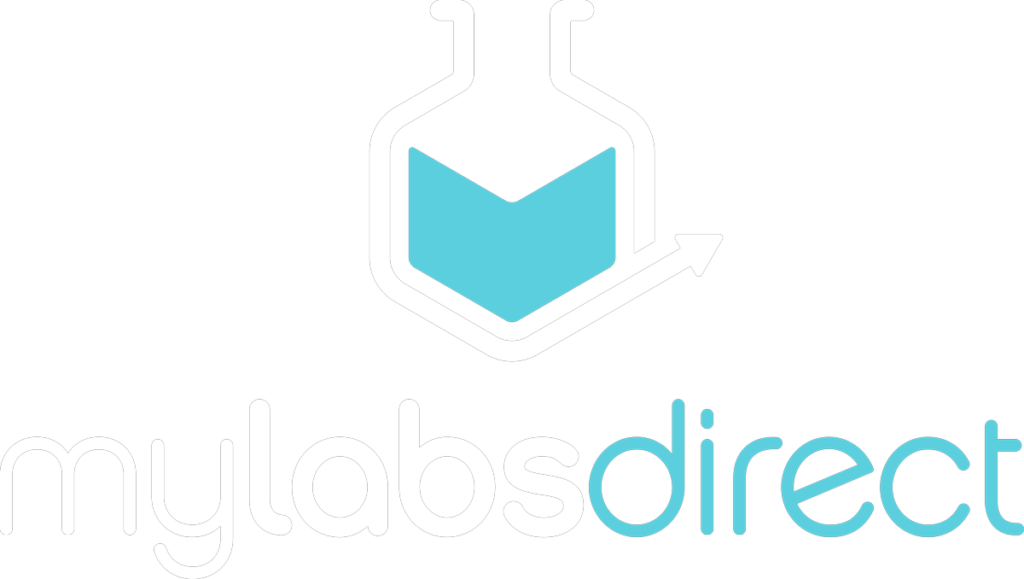A Step-by-Step Guide to Allergy Blood Testing

Are you tired of dealing with allergic reactions and wondering about allergy blood testing? Here’s a step-by-step guide to help you understand the process and benefits of this diagnostic tool:
Consultation: Start by scheduling a consultation with an allergist or immunologist. They will review your medical history, symptoms, and determine if allergy blood testing is appropriate for you.
Blood Sample: During the test, a small blood sample is drawn from your arm. The sample is sent to a laboratory, where it’s analyzed for specific IgE antibodies.
Identifying Allergens: The laboratory will test your blood for IgE antibodies specific to various allergens. These can include common triggers like dust mites, pollen, mold, pet dander, and specific foods.
Interpreting Results: Your allergist will interpret the test results, identifying the allergens to which you have elevated IgE levels. This information helps pinpoint the sources of your allergic reactions.
Personalized Allergy Management: Armed with the test results, your allergist will work with you to develop a tailored allergy management plan. This may involve allergen avoidance strategies, medications, or immunotherapy.
Long-Term Benefits: Allergy blood testing provides a comprehensive understanding of your allergies, allowing you to take proactive steps to minimize exposure and manage symptoms effectively.
Remember, allergy blood testing is a valuable tool that can significantly improve your quality of life by helping you identify and manage the triggers of your allergic reactions. Working closely with your healthcare provider ensures that you’re equipped with the knowledge and tools to take control of your allergies.

